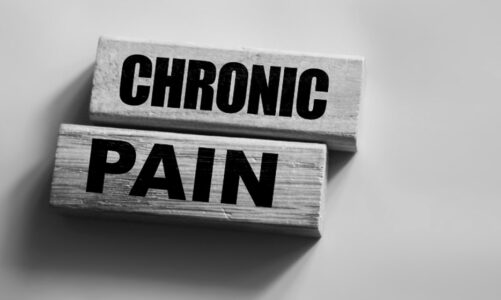Spinal cord stimulation (SCS) is a treatment option for people who suffer from chronic pain. It involves the implantation of small electrical stimulators that send signals directly to the spinal cord and brain, resulting in reduced pain levels. In this article, we will explore how SCS systems work and how they can provide relief from persistent pain.
What is a Spinal Cord Stimulator System?
A spinal cord stimulator system is a medical device that uses electrical impulses to block or mask pain signs before they reach the brain. This system consists of two components, an implantable pulse generator (IPG) and a series of electrodes. The IPG is implanted in the body, near the spine. It generates small electrical impulses that are sent to the nerve fibers which is in the spinal cord. These signals interfere with or block pain messages before they reach the brain. If you’re interested in learning more about this procedure, schedule a consultation with one of the experienced physicians for spinal cord stimulation in Chicago, as they can help provide more information and determine if it’s a suitable treatment option.
Who Can Benefit from Using an SCS System?
SCS systems are typically recommended for individuals who have been experiencing chronic pain for a long time and have not found relief through other treatments, such as medication or physical therapy. Candidates for SCS systems also undergo a trial period where temporary leads are inserted into the spine to determine if the treatment will be effective. Hence, if you have been struggling with chronic pain, speak to your doctor to find out if an SCS system is right for you.
The Procedure
The implantation of an SCS system is typically performed under local anesthesia with sedation but can also be done under general anesthesia. The process involves making a small incision in the back and placing one or two leads into the epidural space around the spinal cord. Once in place, these leads are connected to a small generator implanted just beneath the skin on your lower back or abdomen.
Aftercare
Following implantation, patients may experience some discomfort at the site of surgery for several days. Patients should avoid lifting heavy objects or bending over during this period. Physicians may recommend physical therapy as part of recovery after implantation. It is essential to follow the doctor’s instructions to ensure a speedy recovery.
To Conclude
Spinal cord stimulator systems work by blocking or masking pain signals through electrical impulses sent to the spinal cord via insulated wires called leads. This approach provides long-lasting relief from chronic pain without relying on medication alone. However, it’s essential to seek professional services when considering this option to ensure proper implantation and management of these devices post-surgery. Thanks for reading!




